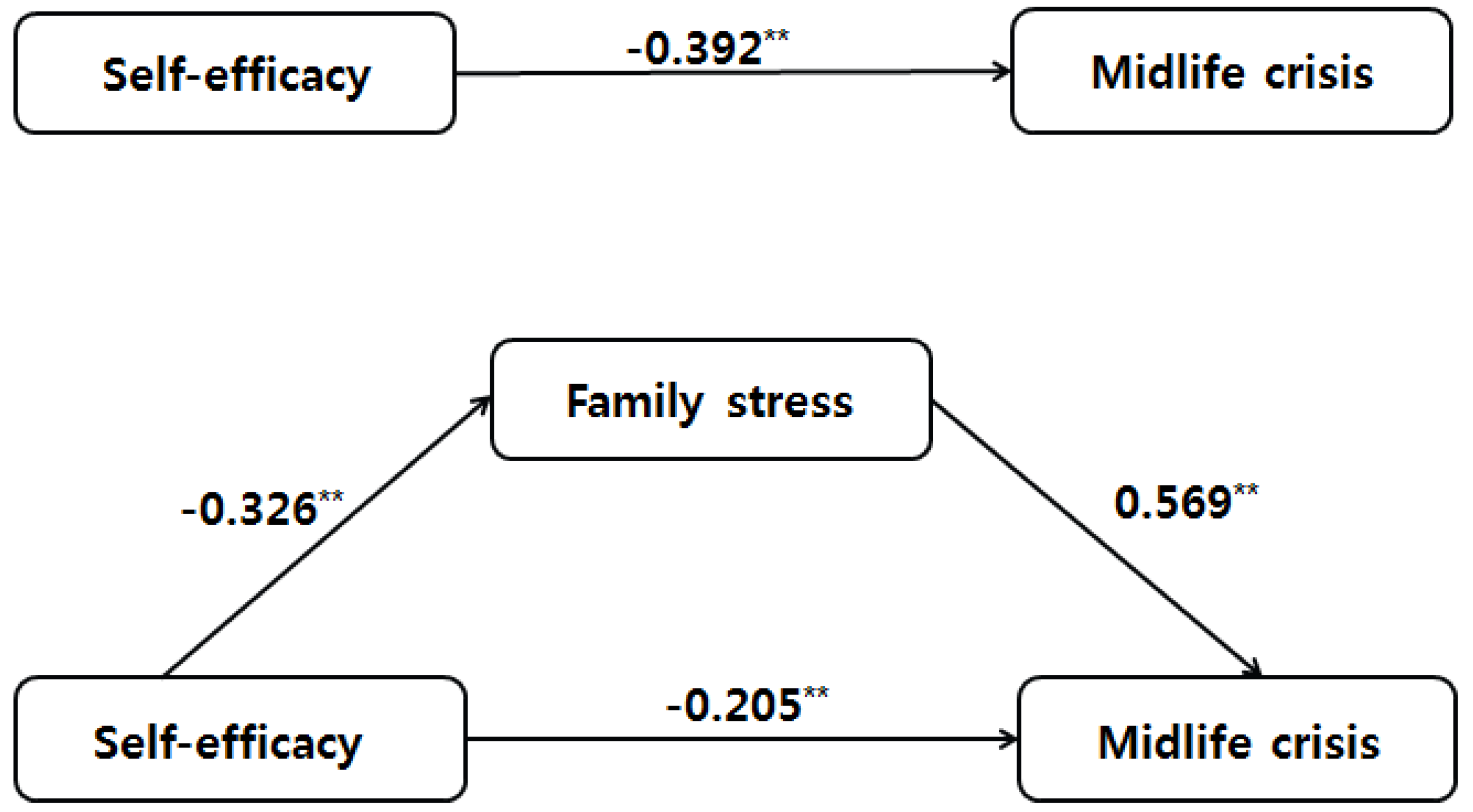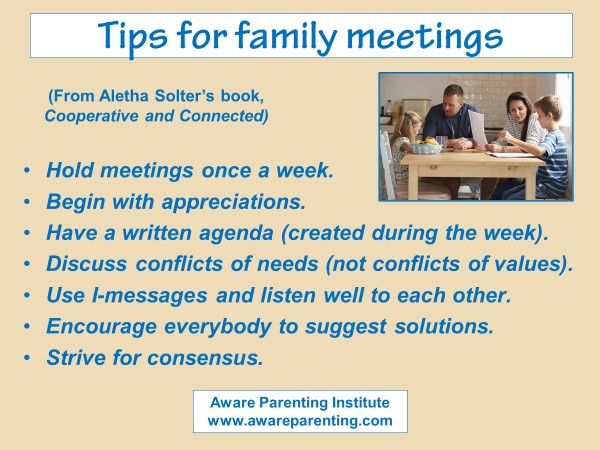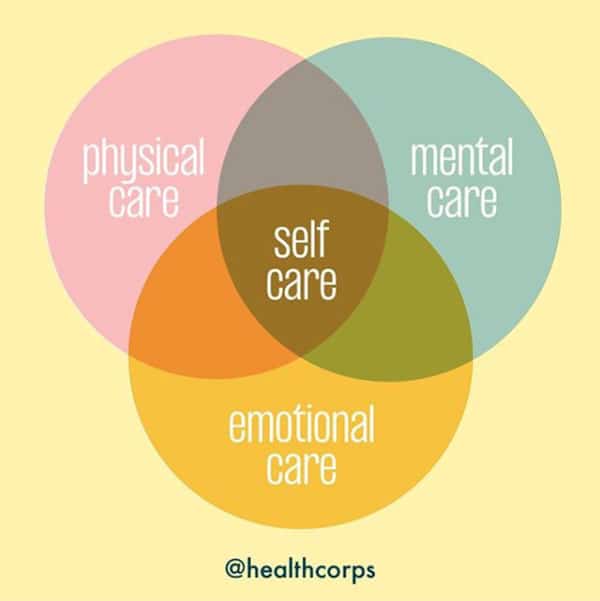Skills to Prioritize and Allocate Family Time

Skills to Prioritize and Allocate Family Time
As we navigate the complexities of middle adulthood, balancing personal, professional, and family responsibilities becomes increasingly challenging. For individuals aged 40-55 in the United States, this period often involves managing multiple roles—career advancement, parenting, caregiving for aging parents, and maintaining personal well-being. In this article, we will explore essential skills and strategies to prioritize and allocate family time effectively, ensuring that you strengthen your family bonds while managing the demands of midlife.

Understanding Middle Adulthood
Middle adulthood, spanning from approximately 40 to 60 years old, is a period marked by significant life transitions and responsibilities. It is a time when individuals often reach the peak of their careers, face physiological changes, and take on more civic and social responsibilities .2 .10. This stage also involves assisting teenage children in becoming independent adults and adjusting to aging parents’ needs .2 .10.

Skills to Prioritize

1. Time Management
Effective time management is crucial for balancing work, family, and personal responsibilities. Here are some strategies to help you prioritize family time:
-
Create a Family Calendar: Use a shared calendar to schedule family activities, ensuring everyone is aware of upcoming events and commitments .4 .5.
-
Set Boundaries: Establish clear boundaries between work and family time to prevent overcommitting and burnout .6.
-
Prioritize Quality Over Quantity: Focus on the quality of time spent with family rather than the quantity. Even small moments can be meaningful .11.

2. Communication
Open and effective communication is vital for maintaining strong family relationships.
-
Family Meetings: Hold regular family meetings to discuss plans, feelings, and concerns. This fosters a sense of unity and understanding .5 .11.
-
Active Listening: Practice active listening by giving your undivided attention to family members during conversations .11.

3. Flexibility and Adaptability
Life is unpredictable, and plans often need to change. Being flexible helps reduce stress and maintain harmony.
-
Be Adaptable: Be willing to adjust plans when necessary. This shows that you value family time and are willing to make it work despite challenges .5 .11.

4. Emotional Intelligence and Empathy
Middle-aged individuals often develop higher levels of emotional intelligence and empathy, which are essential for navigating family dynamics .1.
-
Understand Emotions: Recognize and validate the emotions of family members. This helps in resolving conflicts and strengthening bonds .1.
-
Empathize: Practice empathy by putting yourself in others’ shoes and understanding their perspectives .1.

5. Self-Care
Taking care of your physical and mental health is crucial for being present and engaged with your family.
-
Exercise and Meditation: Regular exercise and meditation can reduce stress and improve mood, making you more available for family interactions .3 .10.
-
Healthy Habits: Maintain a balanced diet and avoid harmful habits like excessive alcohol consumption or smoking .14.

Allocating Family Time

1. Establish Traditions
Create consistent family traditions that everyone looks forward to.
-
Weekly Dinners: Have a weekly family dinner where everyone shares stories and experiences .5 .11.
-
Annual Vacations: Plan annual family vacations or outings that create lasting memories .5.

2. Limit Screen Time
Set boundaries around technology use to encourage face-to-face interaction.







